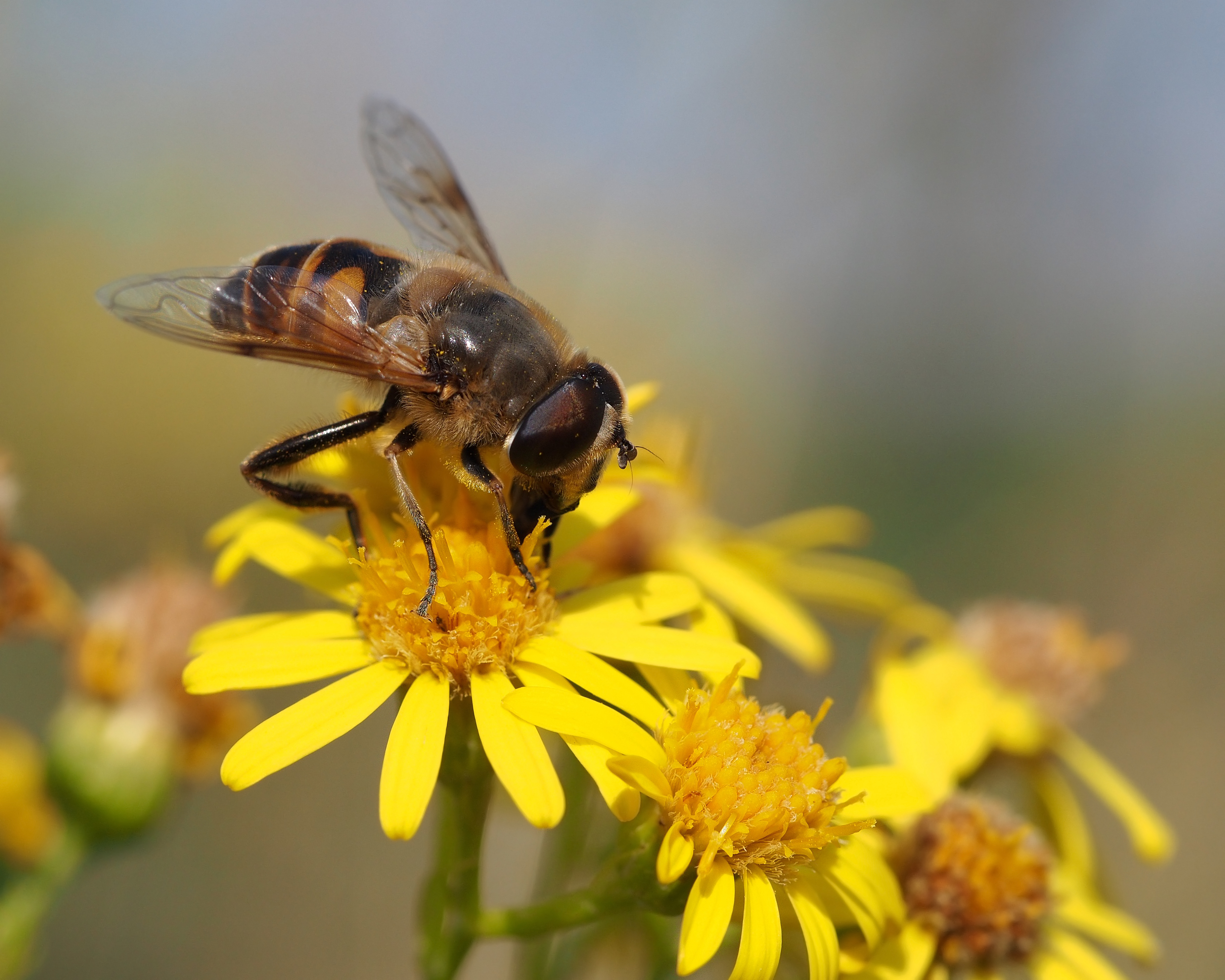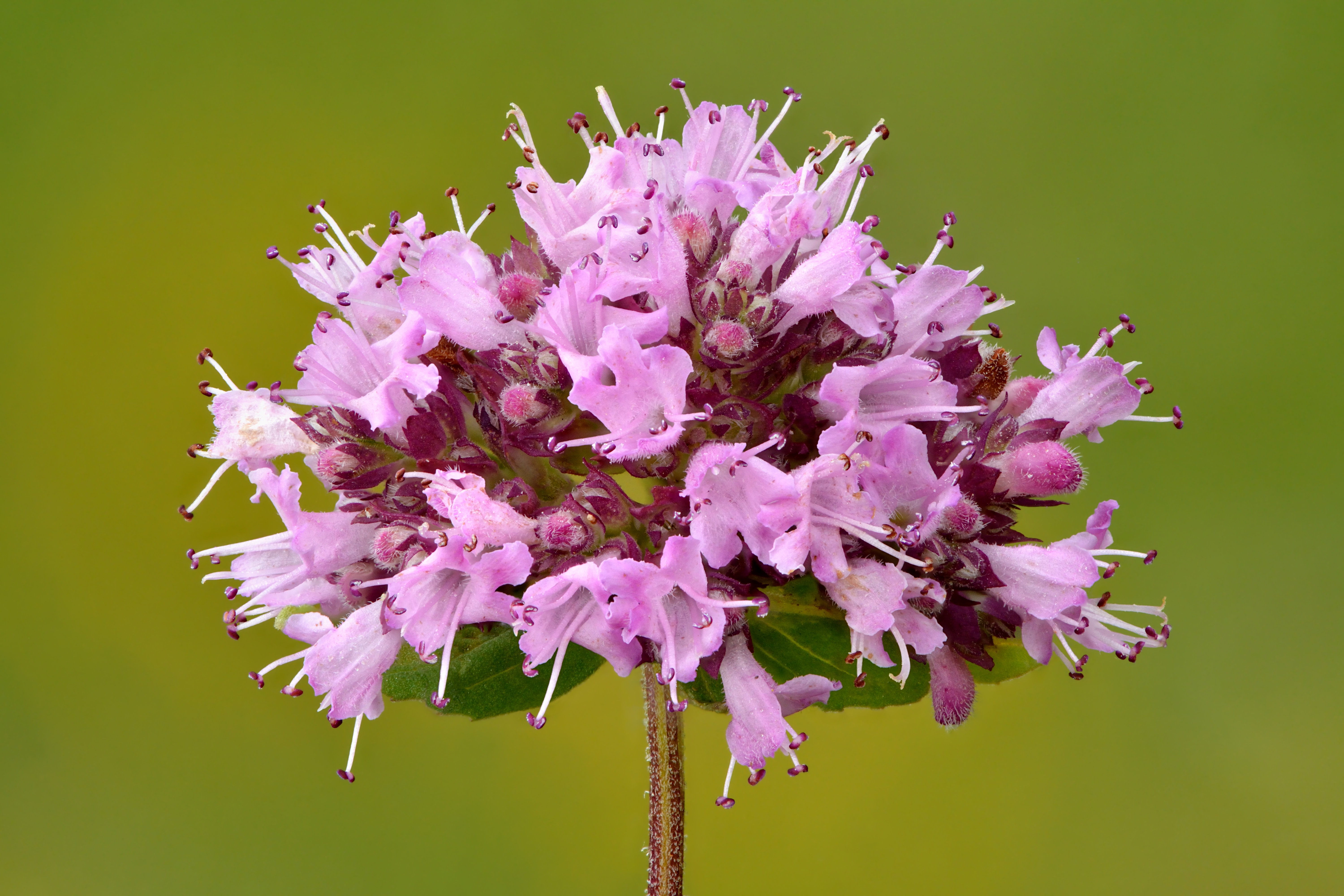|
Synanthedon Formicaeformis
''Synanthedon formicaeformis'', the red-tipped clearwing, is a moth of the family Sesiidae and can be found in all of Europe, the eastern Palearctic realm, and the Near East. The larvae sometimes form pear-shaped galls on willows (''Salix'' spp). It was first described by Eugenius Johann Christoph Esper in 1783. Description The eggs are laid in axils, bark crevices or stump edges of ''Salix'' species from the end of May to late-July. The larvae feed inside the stems of various '' Salix'' species, including '' Salix viminalis''. According to Heath and Emmet (1985) the larvae give little external sign apart from a slight browning, and at the edge of a broken stem frass may be seen. The larvae feed between the wood and the bark and can be found in their tunnels when the bark is peeled back. When there are galls they can be pear-shaped, or a ″peculiar shape″ with the ″diameter of the stem above the gall greater than that below, which continues for some distance″. Gall ... [...More Info...] [...Related Items...] OR: [Wikipedia] [Google] [Baidu] |
Eugenius Johann Christoph Esper
Eugenius Johann Christoph Esper (2 June 1742 – 27 July 1810) was a German zoologist and naturalist. Born in Wunsiedel in Bavaria, he was professor of zoology at Erlangen university. Life and work Eugen and his brother Friedrich were introduced to natural history at an early age by their father Friedrich Lorenz Esper, an amateur botanist. Encouraged to abandon his theology course by his professor of botany Casimir Christoph Schmidel (1718–1792) Eugen Esper, instead, took instruction in natural history. He obtained his doctorate of philosophy at the university of Erlangen in 1781 with a thesis entitled ''De varietatibus specierum in naturale productis''. The following year, he started to teach at the university initially as extraordinary professor, a poorly paid position, then in 1797 as the professor of philosophy. He directed the department of natural history in Erlangen from 1805. Thanks to him the university collections of minerals, birds, plants, shells and insects ... [...More Info...] [...Related Items...] OR: [Wikipedia] [Google] [Baidu] |
Wingspan
The wingspan (or just span) of a bird or an airplane is the distance from one wingtip to the other wingtip. For example, the Boeing 777–200 has a wingspan of , and a wandering albatross (''Diomedea exulans'') caught in 1965 had a wingspan of , the official record for a living bird. The term wingspan, more technically extent, is also used for other winged animals such as pterosaurs, bats, insects, etc., and other aircraft such as ornithopters. In humans, the term wingspan also refers to the arm span, which is distance between the length from one end of an individual's arms (measured at the fingertips) to the other when raised parallel to the ground at shoulder height at a 90º angle. Former professional basketball player Manute Bol stood at and owned one of the largest wingspans at . Wingspan of aircraft The wingspan of an aircraft is always measured in a straight line, from wingtip to wingtip, independently of wing shape or sweep. Implications for aircraft design and anima ... [...More Info...] [...Related Items...] OR: [Wikipedia] [Google] [Baidu] |
Moths Of Europe
Moths are a paraphyletic group of insects that includes all members of the order Lepidoptera that are not butterflies, with moths making up the vast majority of the order. There are thought to be approximately 160,000 species of moth, many of which have yet to be described. Most species of moth are nocturnal, but there are also crepuscular and diurnal species. Differences between butterflies and moths While the butterflies form a monophyletic group, the moths, comprising the rest of the Lepidoptera, do not. Many attempts have been made to group the superfamilies of the Lepidoptera into natural groups, most of which fail because one of the two groups is not monophyletic: Microlepidoptera and Macrolepidoptera, Heterocera and Rhopalocera, Jugatae and Frenatae, Monotrysia and Ditrysia.Scoble, MJ 1995. The Lepidoptera: Form, function and diversity. Oxford, UK: Oxford University Press; 404 p. Although the rules for distinguishing moths from butterflies are not well establis ... [...More Info...] [...Related Items...] OR: [Wikipedia] [Google] [Baidu] |
Moths Of Asia
Moths are a paraphyletic group of insects that includes all members of the order Lepidoptera that are not butterflies, with moths making up the vast majority of the order. There are thought to be approximately 160,000 species of moth, many of which have yet to be described. Most species of moth are nocturnal, but there are also crepuscular and diurnal species. Differences between butterflies and moths While the butterflies form a monophyletic group, the moths, comprising the rest of the Lepidoptera, do not. Many attempts have been made to group the superfamilies of the Lepidoptera into natural groups, most of which fail because one of the two groups is not monophyletic: Microlepidoptera and Macrolepidoptera, Heterocera Moths are a paraphyletic group of insects that includes all members of the order Lepidoptera that are not butterflies, with moths making up the vast majority of the order. There are thought to be approximately 160,000 species of moth, many of w ... and ... [...More Info...] [...Related Items...] OR: [Wikipedia] [Google] [Baidu] |
Moths Described In 1783
Moths are a paraphyletic group of insects that includes all members of the order Lepidoptera that are not butterflies, with moths making up the vast majority of the order. There are thought to be approximately 160,000 species of moth, many of which have yet to be described. Most species of moth are nocturnal, but there are also crepuscular and diurnal species. Differences between butterflies and moths While the butterflies form a monophyletic group, the moths, comprising the rest of the Lepidoptera, do not. Many attempts have been made to group the superfamilies of the Lepidoptera into natural groups, most of which fail because one of the two groups is not monophyletic: Microlepidoptera and Macrolepidoptera, Heterocera and Rhopalocera, Jugatae and Frenatae, Monotrysia and Ditrysia.Scoble, MJ 1995. The Lepidoptera: Form, function and diversity. Oxford, UK: Oxford University Press; 404 p. Although the rules for distinguishing moths from butterflies are not well esta ... [...More Info...] [...Related Items...] OR: [Wikipedia] [Google] [Baidu] |
Rubus Idaeus
''Rubus idaeus'' (raspberry, also called red raspberry or occasionally European red raspberry to distinguish it from other raspberry species) is a red-fruited species of ''Rubus'' native to Europe and northern Asia and commonly cultivated in other temperate regions. Taxonomy A closely related plant in North America, sometimes regarded as the variety ''Rubus idaeus'' var. ''strigosus'', is more commonly treated as a distinct species, ''Rubus strigosus'' (American red raspberry), as is done here. Red-fruited cultivated raspberries, even in North America, are generally ''Rubus idaeus'' or horticultural derivatives of hybrids of ''R. idaeus'' and ''R. strigosus;'' these plants are all addressed in the present article. Description Plants of ''Rubus idaeus'' are generally perennials, which bear biennial stems ("canes") from a perennial root system. In its first year, a new, unbranched stem (" primocane") grows vigorously to its full height of 1.5–2.5 m (5.0–8.3 feet), bearing large ... [...More Info...] [...Related Items...] OR: [Wikipedia] [Google] [Baidu] |
Ligustrum Vulgare
''Ligustrum vulgare'' (wild privet, also sometimes known as common privet or European privet) is a species of ''Ligustrum'' native to central and southern Europe, north Africa and southwestern Asia, from Ireland and southwestern Sweden south to Morocco, and east to Poland and northwestern Iran.Flora Europaea''Ligustrum vulgare''/ref>Blamey, M. & Grey-Wilson, C. (1989). ''Flora of Britain and Northern Europe''. Bean, W. J. (1978). ''Trees and Shrubs Hardy in the British Isles'' vol. 2: 576–577. . Description It is a semi-evergreen or deciduous shrub, growing to 3 m (rarely up to 5 m) tall. The stems are stiff, erect, with grey-brown bark spotted with small brown lenticels. The leaves are borne in decussate opposite pairs, sub-shiny green, narrow oval to lanceolate, 2–6 cm long and 0.5–1.5 cm broad. The flowers are produced in mid-summer in panicles 3–6 cm long, each flower creamy-white, with a tubular base and a four-lobed corolla ('petals') 4–6 mm diameter. The flowe ... [...More Info...] [...Related Items...] OR: [Wikipedia] [Google] [Baidu] |
Jacobaea Vulgaris
''Jacobaea vulgaris'', syn. ''Senecio jacobaea'', is a very common wild flower in the family Asteraceae that is native to northern Eurasia, usually in dry, open places, and has also been widely distributed as a weed elsewhere. Common names include ragwort, common ragwort, smegplant, stinking willie, tansy ragwort, benweed, James, son of Zebedee, St. James-wort, stinking nanny/ninny/willy, staggerwort, dog standard, cankerwort, stammerwort. In the western United States it is generally known as tansy ragwort, or tansy, though its resemblance to the true tansy is superficial. In some countries it is an invasive species and regarded as a noxious weed. In the UK, where it is native, it is often unwanted because of its toxic effect for cattle and horses, but it is also valued for its nectar production which feeds insect pollinators and its ecological importance is thus considered significant. Description The plant is generally considered to be biennial but it has the tendency to e ... [...More Info...] [...Related Items...] OR: [Wikipedia] [Google] [Baidu] |
Origanum Vulgare
Oregano (, ; ''Origanum vulgare'') is a species of flowering plant in the mint family Lamiaceae. It was native to the Mediterranean region, but widely naturalised elsewhere in the temperate climate, temperate Northern Hemisphere. Oregano is a woody perennial plant, growing tall, with opposite leaves long. The flowers are purple, long, produced in erect spikes in summer. It is sometimes called wild marjoram, and its close relative, ''Origanum majorana, O. majorana'', is known as sweet marjoram. Both are widely used as Herb, culinary herbs, especially in Turkish, Greek, Spanish, Italian, Mexican, and French cuisine. Oregano is also an ornamental plant, with numerous cultivars bred for varying leaf colour, flower colour and habit. Etymology Used since the middle 18th century, the Spanish word ''orégano'' is derived from the Latin ''orīganum'' and ultimately from the Classical Greek (''orī́ganon''). This is a compound Greek term that consists of (''óros'') meaning "mounta ... [...More Info...] [...Related Items...] OR: [Wikipedia] [Google] [Baidu] |
Sambucus Nigra
''Sambucus nigra'' is a species complex of flowering plants in the family Adoxaceae native to most of Europe. Common names include elder, elderberry, black elder, European elder, European elderberry, European black elderberry and tramman (Isle of Man). It grows in a variety of conditions including both wet and dry fertile soils, primarily in sunny locations. The plant is widely grown as an ornamental shrub or small tree. Both the flowers and the berries have a long tradition of culinary use, primarily for cordial and wine. Although elderberry is commonly used in dietary supplements and traditional medicine, there is no scientific evidence that it provides any benefit for maintaining health or treating diseases. Description Elderberry is a deciduous shrub or small tree growing to tall and wide, rarely reaching tall. The bark, light gray when young, changes to a coarse gray outer bark with lengthwise furrowing, lenticels prominent. The leaves are arranged in opposite pairs, ... [...More Info...] [...Related Items...] OR: [Wikipedia] [Google] [Baidu] |



.jpg)

